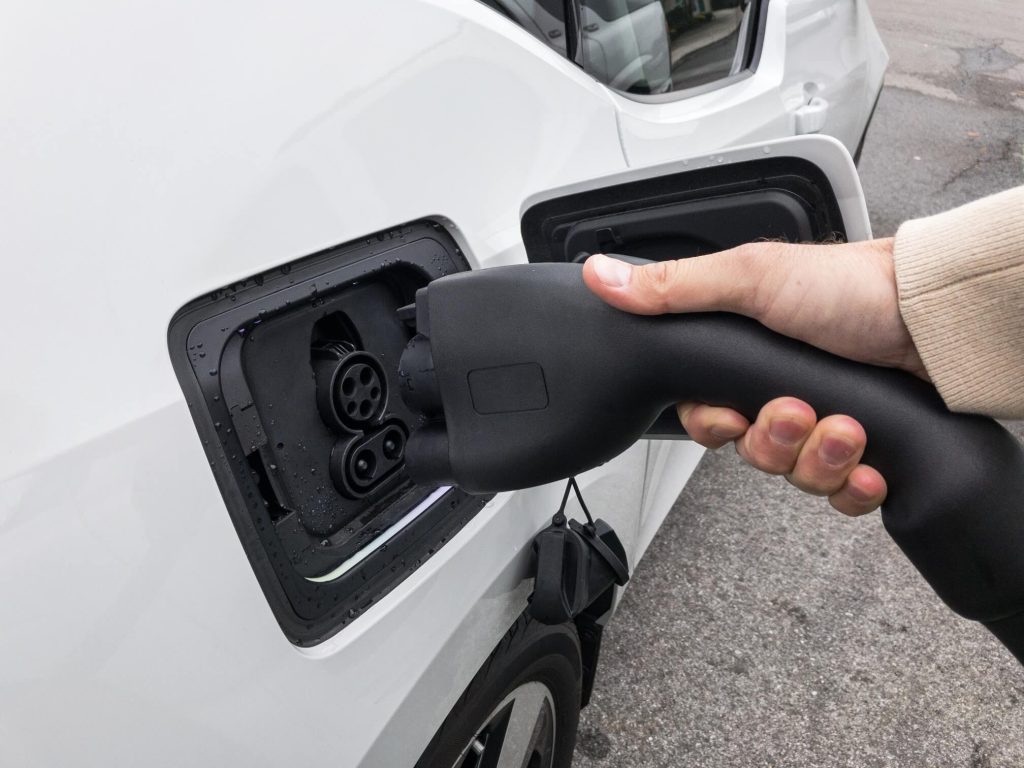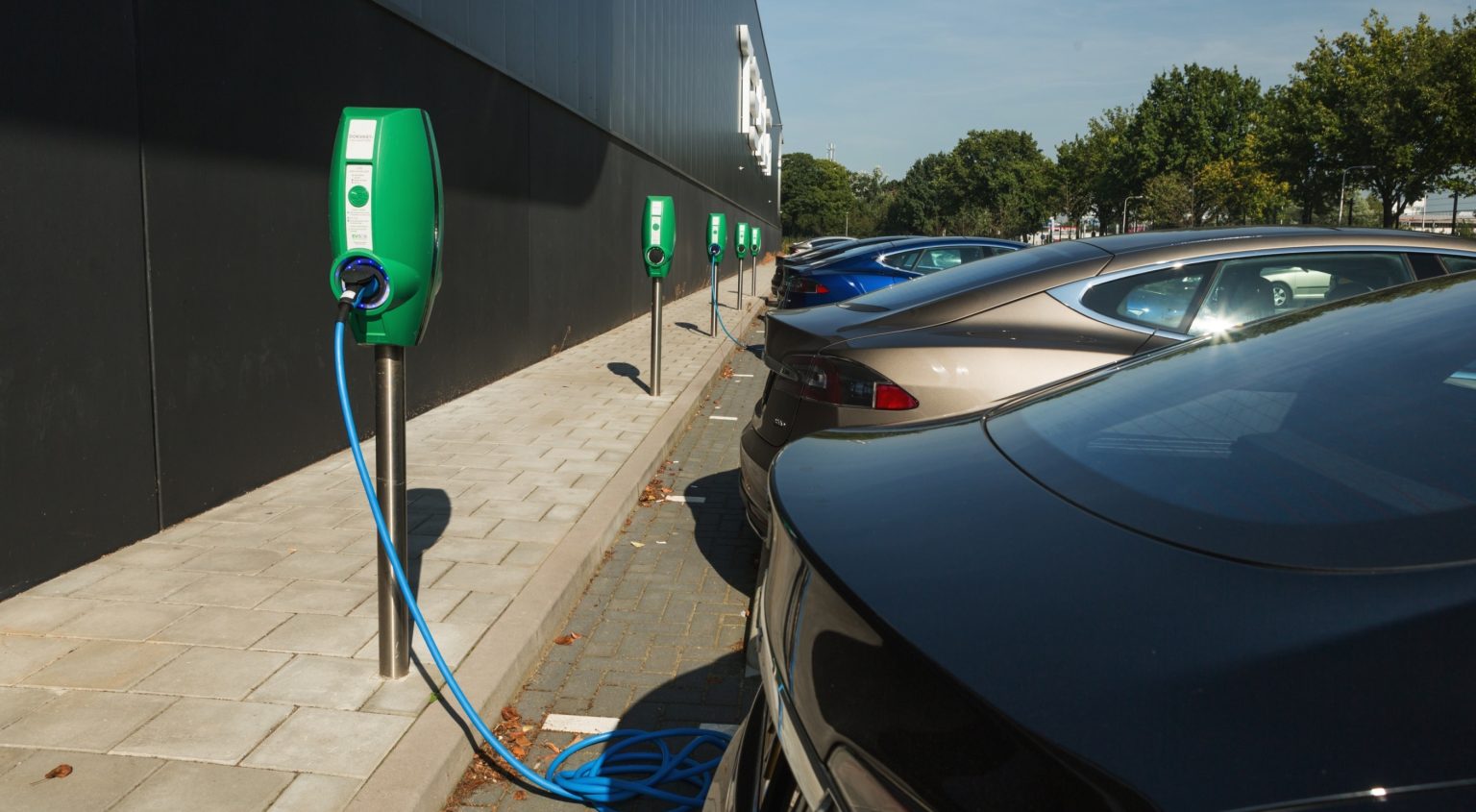Plug-in electric vehicle (PEV) supporters imagine a future where fast-charging complexes are as prevalent as gas station convenience stores. But the road to profitable fast charging has a few blind curves and could require more than just quick fuel-ups.
To get a better sense of the challenges ahead, a new Idaho National Laboratory study used insights gleaned from years of real-world analysis. Experts estimated the design and operation costs of fast-charging stations under several scenarios. Also, end-user charging costs were estimated that would allow developers to break even. Initial conclusions suggest that to be profitable, fast-charging complexes will likely require significant public/private investments and driver willingness to pay more for a quick charge.
“The analysis determined that in the cases studied, direct revenue from charging is insufficient for a site owner/operator to achieve profitability,” said the report’s executive summary. “It is unknown at this time how much of a premium PEV drivers will be willing to pay for fast charging, but it is expected that this cost would be too high for the majority of PEV drivers.”
However, study co-author John Smart notes that fast-charging stations likely would not be the primary charging choice for most drivers. Previous INL analyses found that most charging happens at home or work. They also noted that charging stations are most useful when located within a half-mile of major transportation corridors and co-located with places that accommodate short-term visits (such as stores).

In the new study, INL experts evaluated several fast-charging complex scenarios: within or between cities, minimum or “ultimate” stations, and with or without on-site solar generation and energy storage capabilities. On-site generation and storage can limit electricity costs and negative impacts on the grid.
For each scenario, the team estimated capital costs and annual operating costs. For example, on-site solar generation and energy storage would add to capital costs but lower operating costs in some cases. To recoup an investment in 10 years, even the minimum corridor fast-charging complex would need to charge $0.69 per kilowatt-hour of electricity. That would be equivalent to paying $5.91 per gallon of gasoline for a car that averages 30 mpg (assuming a PEV travels 3.5 miles per kWh on average). Estimates are higher for the ultimate complex or a five-year return on investment.
If drivers are unwilling to pay such a premium for a convenient fast charge, direct revenue from charging could be insufficient to achieve profitability, the report concluded. Significant public/private investment may be necessary, it said. Or fast-charging stations may end up similar to gas station convenience stores, said Smart, INL’s Advanced Vehicles group lead. Specifically, fast-charging complexes may need to be co-located with ancillary services to generate profits while keeping fuel costs competitive.
However, before forming firm conclusions or more detailed financial analysis, a better understanding of customer utilization is needed, the report said. “We just kicked off a follow-up project to estimate future consumer demand for fast charging using a data-driven approach,” Smart said.






